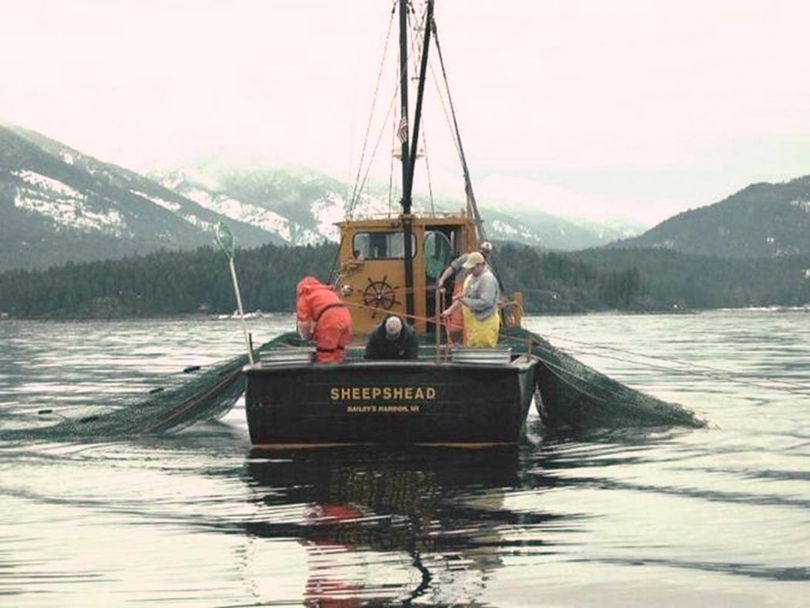Lake trout to be netted for study at Priest Lake

FISHING – Coinciding with a debate about future management of the Priest Lake mackinaw fishery, the Idaho Department of Fish and Game is joining a comprehensive study of the lake trout population.
The University of Idaho College of Natural Resources and the Kalispel Tribe will help in estimating the number of lake trout in Priest Lake and identifying growth and survival rates and food habits.
Large-scale commercial netting equipment will be used, similar to that being used in Lake Pend Oreille. From March through May, deepwater trapnets and short-duration set gillnets will be used to capture, measure, and mark lake trout with an individually numbered tag.
A portion of the fish will be killed for age and stomach analysis but many fish will be marked and released in the lake so more data can be obtained from the anglers who catch them.
Public meetings on managing Priest Lake mackinaw are planned for late February, IFG officials said.
Read on for more details from an IDFG media release.
The research project is the beginning of an effort to develop a more complete understanding of the Priest Lake fishery—to include zooplankton, kokanee, Mysis shrimp, and lake trout. Ultimately, the information will be used to help develop a long-term management plan form Priest Lake.
Historically, Priest and Upper Priest lakes both provided popular sport fisheries for native cutthroat and bull trout. Kokanee were introduced in the 1930s and 1940s. They not only provided an abundant food source for bull trout, they rapidly became the most popular sport fish, supporting a harvest of 50 to100 thousand fish and 15,000 angler days every year.
The popular cutthroat, bull trout, and kokanee fisheries lasted through the 1970’s, but abruptly collapsed in the 1980’s when the population of lake trout exploded after the introduction of Mysis shrimp. Through the 1980’s millions of kokanee fry and hundreds of thousands of cutthroat fingerlings were stocked into Priest Lake and its tributaries in an effort to overcome the predation impact of lake trout. The efforts were unsuccessful.
The fishery shifted from a diverse yield and trophy fishery to one dominated by lake trout. Though popular with some anglers, overall participation in the fishery declined by a third to a half since the 1950s, despite a nearly tripling in the area’s human population over the same period.
The average size of lake trout declined over the years as anglers targeted lake trout and the prey base disappeared. In the 1970’s the lightly harvested population (about 200 fish/year) resulted in lake trout averaging about 20 lbs, and the 57½ lb. state-record lake trout was caught in 1971. By 1983, annual harvest increased to almost 5,000, but average size declined to 4 lbs. Annual harvest was nearly 30,000 lake trout by 2003, but the average weight was only 2.1 lbs.
IDFG has implemented a variety of regulations in response to the declining size of lake trout. Restricting harvest, however, had little impact, and tagging studies show the decrease in size structure is a function of poor growth rates rather than harvest. Though lake trout grow well to 14-16 inches feeding on Mysis shrimp, growth rates of mature lake trout (18-20 inches) are typically less than ½ inch per year. Without abundant prey fish in the system, growth rates are insufficient to produce many trophy size fish, regardless of regulations.
Angler opinions about management direction for Priest Lake have been split since the collapse of kokanee in the late 1970s and domination of the fishery by lake trout. Many anglers would like to see restoration of a cutthroat, bull trout and kokanee fishery, while others prefer sticking with lake trout. Others pin hopes on the idea that a balance between kokanee and lake trout is feasible.
Regardless of the ultimate management direction set for the lake fishery, the lake trout population estimate will be a tremendously valuable piece of information. The Department of Fish and Game will soon be scheduling a public meeting in late February to discuss the project and answer questions anglers may have.
